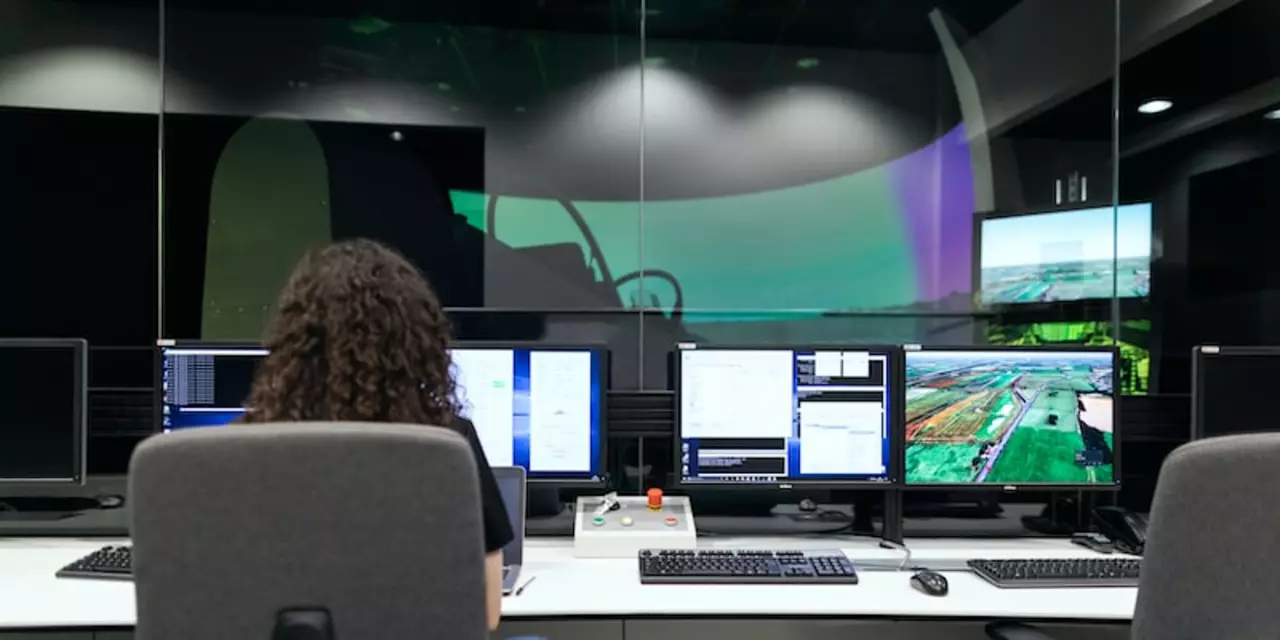History of Information Technology: From Early Machines to Modern Cloud
Ever wonder how we jumped from rooms full of buzzing machines to the sleek devices in our pockets? It all started with simple tools that could store and process data. In the late 1800s, inventors built mechanical calculators and punch‑card systems. Those early gadgets were slow and clunky, but they proved you could automate repetitive tasks. By the 1940s, the first electronic computers appeared, filling entire floors with vacuum tubes that turned on and off to perform calculations.
From Punch Cards to Cloud
After World War II, computers moved from military labs to universities and big corporations. The 1950s introduced transistors, making machines smaller, more reliable, and less power‑hungry. The 1960s brought mainframes that could handle business data, payroll, and inventory. Meanwhile, punch cards gave way to magnetic tape and disks, letting users store far more information. The 1970s saw the birth of microprocessors – tiny chips that packed the power of a whole computer onto a single board. That breakthrough paved the way for personal computers, which entered homes in the 1980s and changed how people work, learn, and play.
Key Milestones Shaping Today
Fast forward to the 1990s, the internet turned the world into a global data highway. Websites, email, and early e‑commerce showed how fast information could travel. The 2000s added mobile phones, then smartphones, putting a powerful computer in every hand. Cloud computing emerged next, moving storage and processing to remote servers, so you can access your files from any device. Today, artificial intelligence and big data let us turn raw numbers into insights, from recommending a movie to predicting health trends. All these steps trace back to those first machines that could only add numbers.
So why does the history of IT matter to you? Knowing the past helps you understand why certain tools work the way they do and where new tech might head next. If you’re planning a digital project, you can avoid outdated methods and pick solutions that match today’s standards. And if you’re just curious, seeing the leap from room‑size computers to cloud services can make the tech around you feel less mysterious.
At Acme Info Solutions, we use this deep‑rooted knowledge to build modern apps, secure networks, and data‑driven marketing strategies. Whether you’re a startup or an established firm, we blend the lessons of the past with today’s latest tech to keep you ahead of the curve.

How has information technology been in the past and present?
Information technology (IT) has been a part of our lives for decades, and its impact is growing. In the past, IT was mainly used for basic computing tasks, such as data storage and retrieval. Nowadays, IT is used for more complex tasks, such as data analysis, artificial intelligence, and cloud computing. Additionally, IT has become an integral part of our daily lives, from banking and communication to home entertainment and education. Overall, IT has evolved from a basic tool to a powerful force that can be used in a variety of ways to improve our lives.
read more